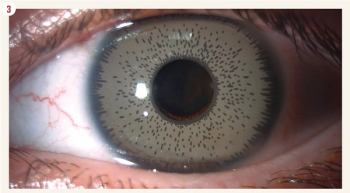
Authors of a retrospective study into complications associated with iris implants advise that the procedure should be considered as malpractice.

Authors of a retrospective study into complications associated with iris implants advise that the procedure should be considered as malpractice.
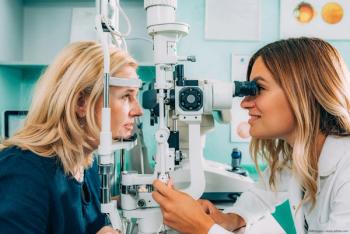
It is particularly important to identify any signs of meibomian gland disease in patients to prevent gland atrophy and loss of function.

The pandemic has impacted ophthalmic surgical training. Exercises have been developed to provide key skills that can be practised simply at home and require no special equipment.
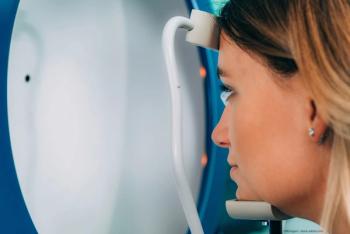
Light-based biometry is especially effective for providing accurate measurements inside the eye and evaluation of the ocular surface.

Thanks to recent innovation, ophthalmologists have several options at their disposal for the treatment of presbyopia.
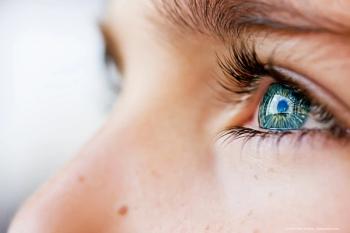
An end-of-week review of what happened in ophthalmology from April 9-April 15.
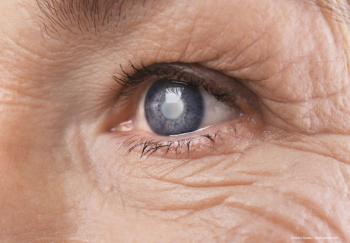
Overall anterior stromal haze was greater at all postoperative time points.
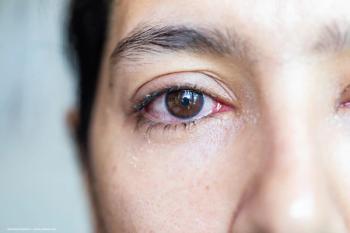
A team of investigators from Pohang University of Science and Technology has found that conjunctival goblet cell examination is important for the precise diagnosis and effective treatment of ocular surface diseases; however, CGC examination has not been possible until now due to lack of non-invasive devices.

Assessing cornea status can aid early recognition of disease-related changes.

A very-high-frequency ultrasound device provides a range of detailed intraocular measurements that enable highly accurate ICL sizing and placement.

Investigators theorize that the ophthalmic nerve may be affected by the COVID-19 virus, and therefore may affect the corneal esthesiometry values.

Short-term steroid use can alleviate patient discomfort.

While investigators have found a link between dry eye and depression, the exact reasons behind the link are not immediately known.
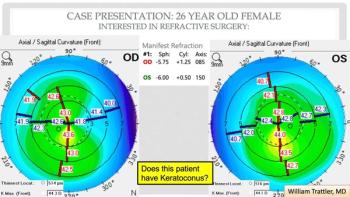
A team of investigators has found that the eye disease is more prevalent than first thought.

Investigators find that oestradiol drops can ease signs and symptoms for 3 months.

Glaukos Corp’s iLink therapy for the treatment of keratoconus consists of novel single-use drug formulations that are bio-activated by proprietary systems through the delivery of ultraviolet light to the cornea to induce corneal cross-linking designed to strengthen, stabilise and reshape the cornea.

According to Dr Claudia Perez-Straziota, persistent epithelial defects do not have to live up to their name—they can be healed.
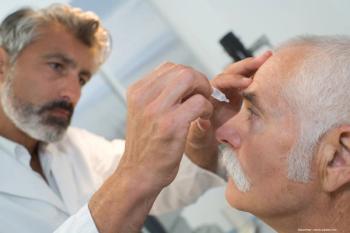
Loteprednol etabonate suspension 0.25% demonstrates anti-inflammatory action and produces significant improvement in conjunctival hyperaemia and ocular discomfort.

Intracanicular insert is the first physician-administered, preservative-free method.

Corneal aberrations may occur more frequently than is generally appreciated, and they affect the visual outcomes following cataract surgery. Small-aperture optics provide a solution for a large category of patients who are otherwise not well served by complex IOLs.
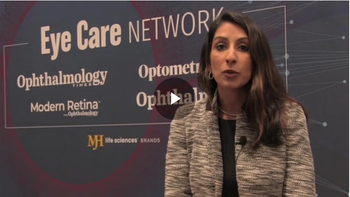
Dr Preeya Gupta walks through her four pearls for successful corneal collagen cross-linking, including handling patient expectations, managing the epithelial cells and preventing infectious keratitis.

According to investigators, patients implanted with diffractive multifocal IOLs had notable declines in the corrected distance visual acuity, distance corrected near VA, and near area of focus with aging
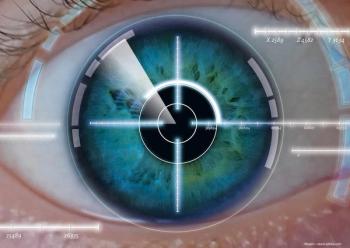
Partial topography-guided surface ablation, combined with corneal collagen crosslinking when visual acuity is still quite good, optimises prognosis for the patient with keratoconus.

Impairment of corneal sensory innervation causes reduction of both protective reflexes and trophic neuromodulators that are essential for the vitality, metabolism, and wound healing of the ocular surface.

Patients can benefit from short-term, on-label treatment with a novel loteprednol formulation.